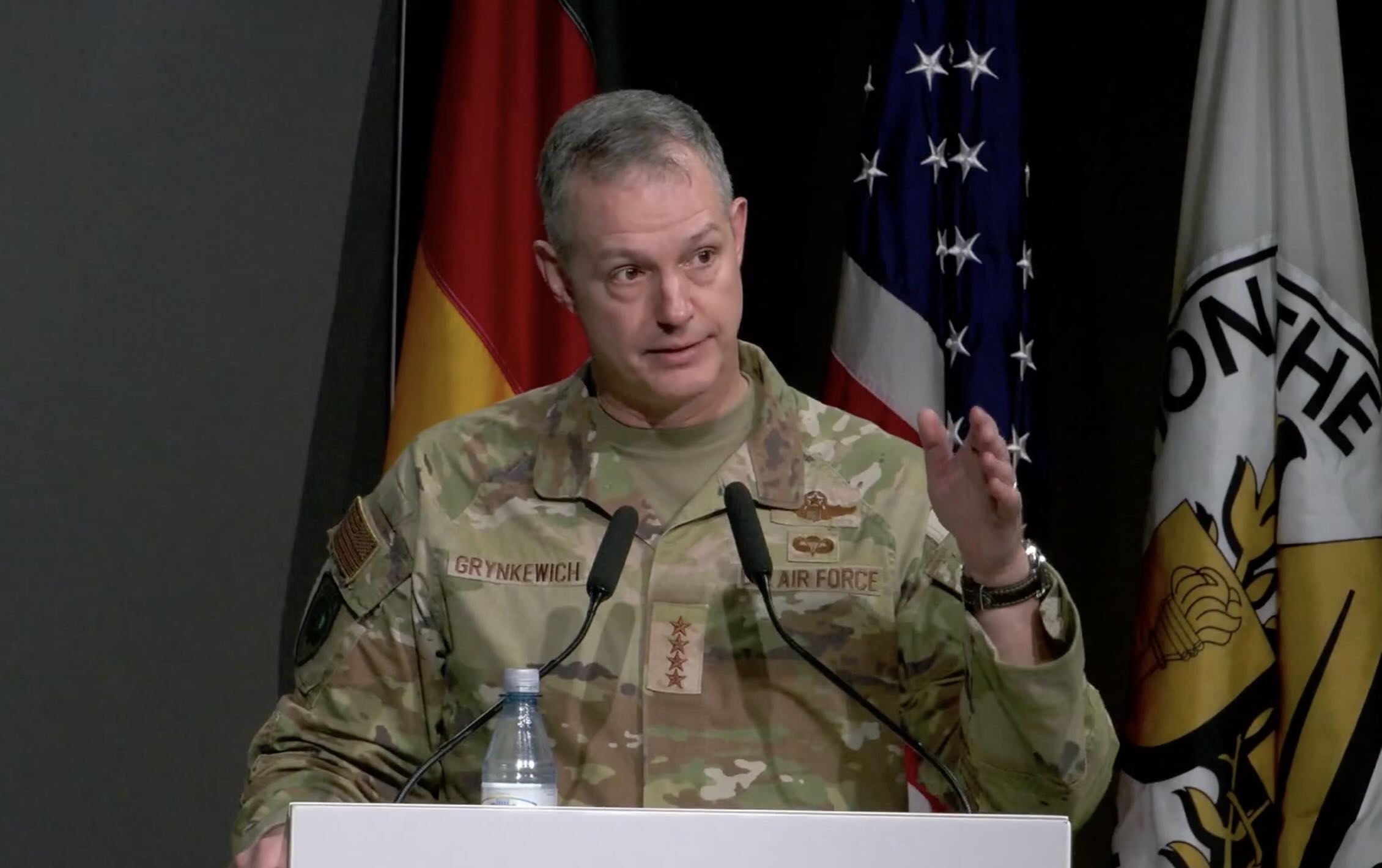


Speaking at the LandEuro defence symposium in Wiesbaden on Thursday, General Grynkewich warned that simultaneous aggression by Moscow and Beijing—particularly coordinated action in Europe and the Pacific—could mark the onset of a global conflict for which the Western alliance must rapidly prepare.
“We’re going to need every bit of kit and equipment and munitions that we can in order to beat that,” Grynkewich stated, addressing a gathering of military leaders and representatives of the defence industry from across the 32-nation NATO alliance.
The general underscored the strategic implications of a potential Chinese offensive against Taiwan, suggesting that such an operation would likely not occur in isolation. “If [Chinese President] Xi Jinping makes a move on Taiwan, he likely would coordinate such an attack with [Russian President] Vladimir Putin,” he said. “That, to me, means that both of these things could happen together.”
The comments come as NATO intensifies its efforts to build up defensive capabilities in response to an increasingly assertive Russia and amid growing concerns over China’s long-term intentions in the Indo-Pacific. Grynkewich’s remarks suggest that NATO’s strategic posture may be shifting from regional deterrence to a more global readiness model.
The two-day LandEuro symposium, hosted by U.S. Army Europe and Africa and held at the RheinMain Congress Center, brought together military and industrial leaders to explore ways of accelerating weapons development and delivery. Defence firms used the opportunity to showcase systems designed for rapid deployment in high-intensity theatres.
General Christopher Donahue, Commander of U.S. Army Europe and Africa, joined Grynkewich in urging deeper cooperation between NATO militaries and defence manufacturers. Both leaders emphasised the need for speed in procurement and development cycles and warned against viewing emerging threats in isolation.
“Each of these threats that are out there cannot be viewed, in my estimation, as discrete challenges. We’ve got to think about how all of them are aligning,” Grynkewich said.
In practical terms, this means not only contingency planning for a two-front conflict but also an urgent focus on increasing stockpiles and production of high-end weaponry—especially systems relevant to air defence and modern peer-to-peer warfare.
One of Grynkewich’s immediate operational priorities is Ukraine. The general confirmed that preparations are under way to supply additional Patriot missile systems to Ukrainian forces, although he declined to disclose specific figures or timelines. “I’m not going to reveal to the Russians or anyone else the exact numbers of weapons that we’re transferring or when those will happen, but what I will say is that preparations are underway,” he said.
He added that further discussions with NATO military leaders would take place in the coming days to identify additional ways to bolster Ukraine’s air defence capabilities. “We’re going to move as quickly as we can on this,” he said.
This initiative follows a recent policy shift by U.S. President Donald Trump, who confirmed last week that the United States would continue providing military aid to Ukraine via NATO, but with European allies bearing the financial burden.
The topic of defence spending also featured prominently in Grynkewich’s address. He reiterated calls for NATO members to follow through on commitments to raise defence budgets—some of which now aim for as much as 5% of national GDP. “Time is of the essence, and I intend to keep highlighting that and letting everyone know that we’ve got to move out and we’ve got to move quickly,” he said.
His message reflects growing concern within NATO that current procurement timelines and military-industrial production rates are not aligned with the accelerating pace of geopolitical threats.
While the alliance has made notable progress in recent months—including steps to integrate Sweden as the 32nd member and initiatives to strengthen command-and-control systems—Grynkewich’s remarks serve as a cautionary signal that deterrence may not be sufficient if both Russia and China opt for simultaneous military action.
The notion of a dual-front war has gained traction in recent defence planning circles, particularly as Chinese military activity around Taiwan intensifies and Russian operations in Ukraine remain ongoing. NATO, traditionally focused on the European theatre, now faces a more complex environment in which global coordination will be essential.
LandEuro’s broader agenda highlighted this shift, featuring sessions on interoperability, logistics, and rapid deployment strategies. Industry representatives in attendance expressed concerns about production bottlenecks and regulatory hurdles, which some argue impede timely delivery of critical systems.
Nevertheless, Grynkewich’s warning suggests that time may soon become NATO’s scarcest resource. “We have very little time to prepare,” he said, underlining the need for immediate action across both the military and industrial dimensions of the alliance.
The Wiesbaden event concluded with a call for enhanced coordination not only within NATO but also between public and private sectors responsible for Europe’s defence readiness.